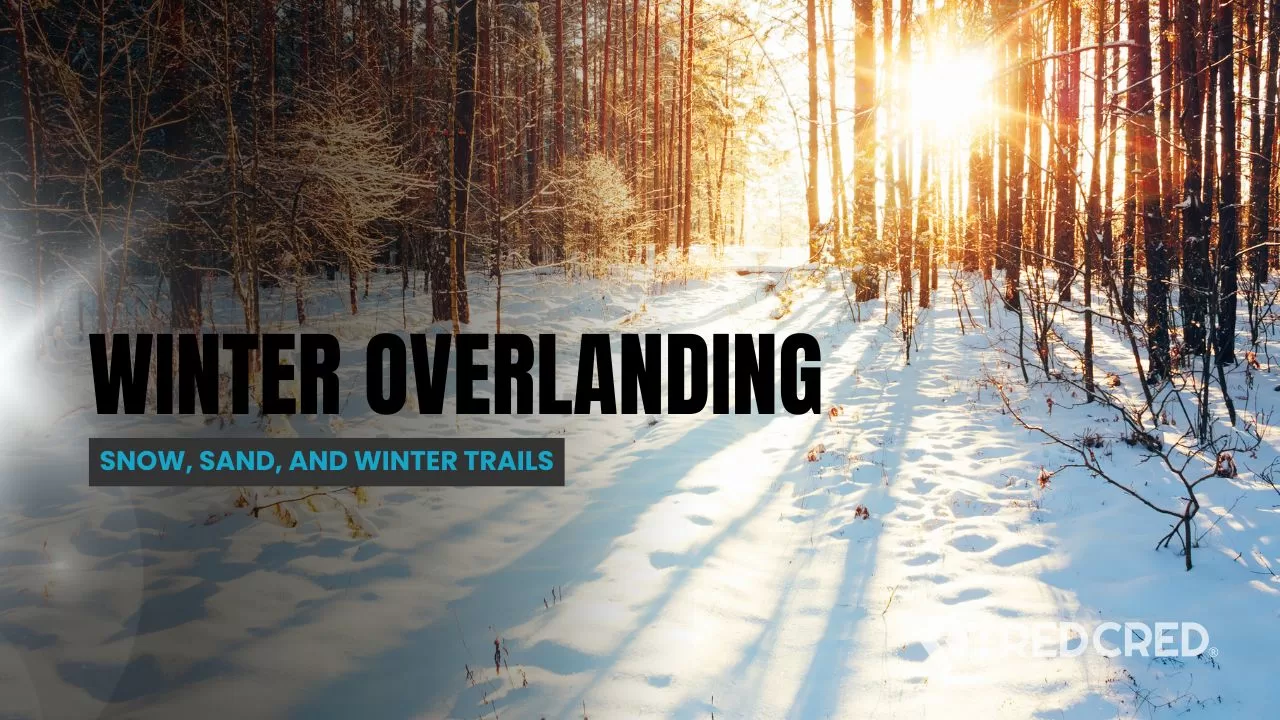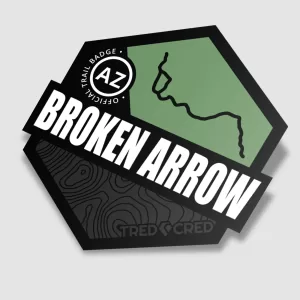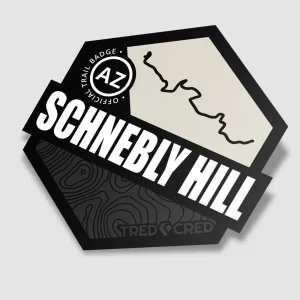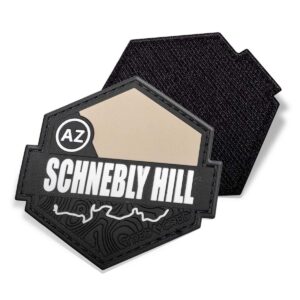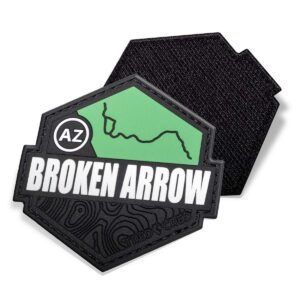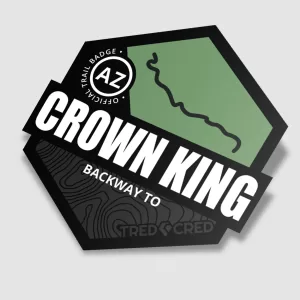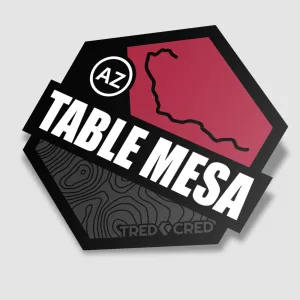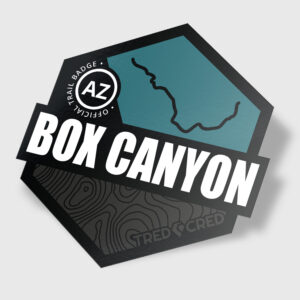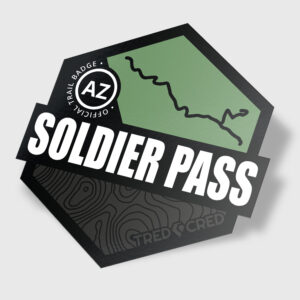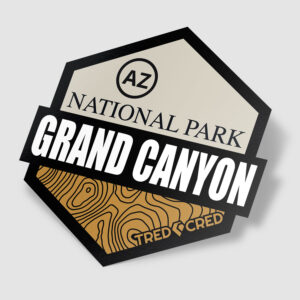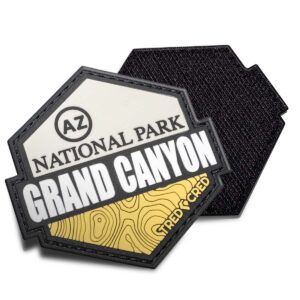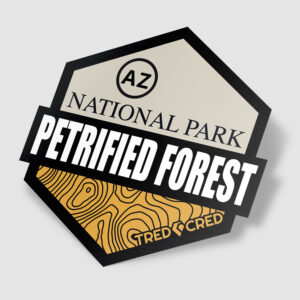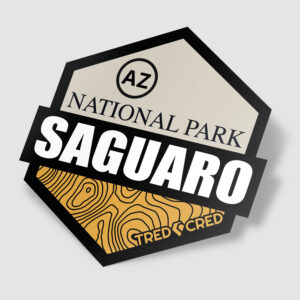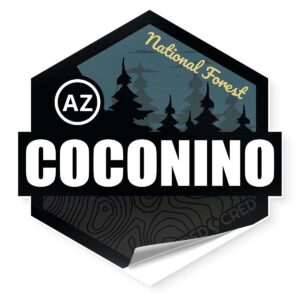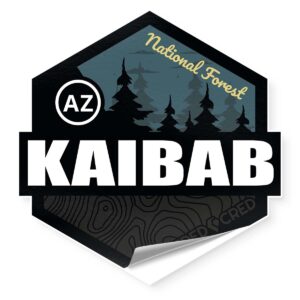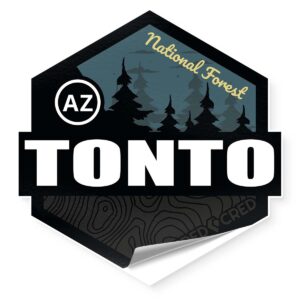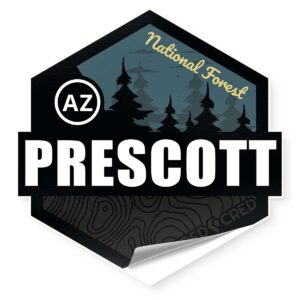Winter Overlanding in Arizona: A Cold-Weather Adventure in the Desert
The desert is a place of extremes—scorching heat in the summer, bitter cold in the winter. Many people think of Arizona as a land of relentless sun and dry heat, but winter transforms the landscape into something magical: dustings of snow over saguaro-studded hills, crisp mountain air, and solitude like nowhere else on Earth. Overlanding in Arizona during winter is not just an adventure; it’s a test of preparedness and resilience. But for those who love the challenge, it’s an unforgettable experience.
Why Overland in Arizona During Winter?
Winter is the season that separates the casual adventurer from the true overlander. With cooler temperatures and fewer travelers on the trails, Arizona’s backcountry opens up in a way that few people ever experience. The days are brisk but manageable, and the nights, though cold, offer crystal-clear skies perfect for stargazing. If you plan correctly, winter overlanding in Arizona is the best time to explore.
- Less Crowded Trails: Many people associate Arizona with summer road trips and fall camping—but winter? Few dare to take it on, which means you’ll have some of the best trails and campsites to yourself.
- Unique Desert Beauty: Snow-covered saguaros, frost-coated rocky cliffs, and frozen creek beds create a landscape unlike any other.
- Optimal Vehicle Performance: Unlike the summer months, when intense heat puts extra strain on your engine, winter weather allows your rig to run cooler and smoother.
Top Winter Overlanding Routes in Arizona
Arizona’s diverse landscape offers everything from rugged mountain passes to vast, open deserts. Whether you’re a seasoned traveler or just getting into overlanding, these winter routes serve up an unforgettable experience.
Mogollon Rim Road
The Mogollon Rim is a towering escarpment cutting across Arizona, rising to over 7,000 feet. In winter, light snow blankets the dirt roads, and pine forests take on an eerie, peaceful stillness. The challenges here include icy switchbacks and unpredictable weather. But on a clear day, the views looking down onto Arizona’s lower desert are breathtaking.
Apache Trail (AZ-88)
This historic trail winds through the Superstition Mountains and follows wild desert terrain, offering staggering views of canyons and lakes. Winter brings cooler temperatures that allow you to explore comfortably—without the usual sweltering heat. Recent road conditions vary, as some portions have been washed out in storms, but with proper planning, this is a fantastic winter route.
Coronado National Forest – Mt. Lemmon
If you want to experienc snow-covered landscapes without leaving Arizona, Mt. Lemmon is a must. As one of the highest peaks in Southern Arizona, it often gets a thick blanket of snow in winter. The route up can be treacherous, with hairpin turns and icy sections, but the solitude and breathtaking scenery make it all worthwhile.
Preparing for Winter Overlanding in Arizona
Desert winters may not have the ferocity of a Rocky Mountain blizzard, but they come with unique dangers. The dry air can dehydrate you quicker than you expect, temperatures drop drastically at night, and the terrain can be deceiving.
Essential Gear
- All-Terrain or Winter Tires: Despite its reputation for being dry, winter in Arizona can mean snow and ice, especially at higher elevations.
- Campsite/Warmth Preparations: A four-season tent, insulated sleeping bag, and layers of warm clothing are a must. Even in the desert, nighttime temperatures can plummet below freezing.
- Recovery Gear: Snow can clog trails at higher altitudes, and icy mud can turn into a sticky trap. Bring traction boards, a winch, and a shovel.
- Extra Fuel & Water: Cold temperatures mean more fuel consumption for heating, and dry air increases your hydration needs.
Challenges to Expect
Winter overlanding in Arizona is not without its risks. The desert can be unpredictable, posing challenges that require careful consideration.
Weather’s Unpredictable Nature
Arizona’s winter climate is a study in extremes. One day might be sunny and 60°F, the next could bring a cold front with snow and 15°F temperatures at night. Always check the weather forecast, but also be prepared for sudden changes.
Remote Locations & Limited Services
One of the greatest draws of winter overlanding is solitude. But with that solitude comes responsibility. Cell service is spotty, gas stations are scarce, and a breakdown in the middle of nowhere can turn into a serious survival situation. A satellite communicator or ham radio can be a lifesaver.
The Reward: Experience That Sticks With You
Winter overlanding in Arizona isn’t just about tackling rugged trails or surviving the cold. It’s about embracing the challenge, seeing the landscape in a way few ever get to witness, and coming back with stories that last a lifetime.
This is where a tradition comes into play: commemorating each journey with something tangible. Many overlanders create custom souvenir stickers and patches for the places they’ve conquered. Whether it’s a patch with the silhouette of the Superstition Mountains after surviving Apache Trail or a sticker showcasing a snow-covered saguaro to mark a winter trip through the Sonoran Desert, these small collectibles serve as powerful keepsakes.
Every sticker or patch tells a story—a wild, snow-covered road, a remote campsite under frozen stars, a difficult recovery that tested your skill. The gear may wear out, the trails may evolve, but these souvenirs serve as permanent reminders of the journey.
Final Thoughts
Winter overlanding in Arizona is not for the unprepared, but for those who take on the challenge, it offers an unforgettable, raw, and humbling adventure. The quiet of the desert in winter, the eerie beauty of a snow-dusted canyon, and the crisp bite of morning air make it an experience like no other.
So, where will your next winter overland trip take you? And more importantly—what story will your next patch or sticker tell?

